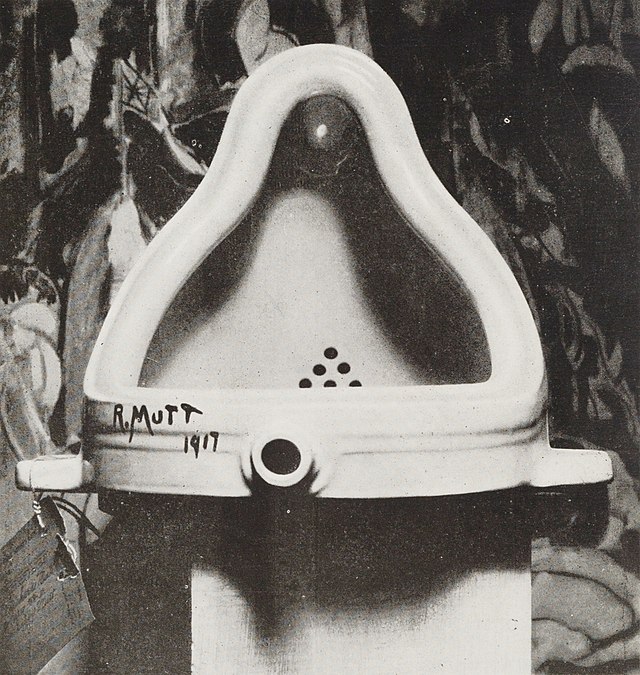 |
| Dali, "The Persistence of Memory" |
Western civilization has never recovered from World War I. It has PTSD and has been trying to commit suicide ever since.
We saw Yeats’ prophecy of this in “The Second Coming,” first published in 1920. But there was another great poem published just two years later, in 1922: T.S. Eliot’s “The Waste Land.” Many consider it the first great trumpet blast of Modernism. Which is to say, the general nervous breakdown of the arts in the West.
Yep.
It was written by Eliot when he was himself suffering from what we now would call depression: "nervous exhaustion," they called it then. The poem is a profoundly accurate depiction of the experience of depression. If we really want to understand depression, we ought to be studying it carefully. It is hard to see spiritual things. We need someone with Eliot's talent to show them to us clearly.
.jpg) |
| Thomas Stearns Eliot. "T.S." to you. |
The most notable aspect of the poem, of course , is that it is all frustratingly incoherent. That is the point; that is the essence of depression. There is no protagonist, no consistent sense of self: "depersonalization," the shrinks call it. Instead, a seemingly random parade of narrators take up seemingly random threads, as if an invisible hand were turning a radio dial. Sensible narratives carry on for a while, then are interrupted by something else. Shrinks call this "inability to concentrate." Most notably to my mind, there is a sense of meaninglessness: things seem to mean something, but the meaning always remains just beyond reach, ephemeral, like a will-o-the-wisp. A lot of dead-end allusions. "A lack of interest in anything," the good doctors will conclude. There is certainly a pervasive sense of anxiety: something bad is always coming. Sorrow? Perhaps there is sorrow; you decide, reading through. I do not see anything resembling ordinary sorrow. A sense of loss, agreed. But sorrow is not, in fact, the defining element of "depression."
It is, in sum, a "Waste Land." A barren landscape. It is the desert sands of Yeats' prior poem. But Yeats was foreseeing this state; Eliot is living in it. The image is so apt, for what Western civilization has been struggling through, that we have been writing about it ever since. Becket's Vladimir and Estragon inhabit the same landscape. So does Orwell's Winston Smith. Dali paints it in "The Persistence of Memory." Ginsberg's angelheaded hipsters prowl it in the predawn of "Howl." Steinbeck's Okies experience it as the Dust Bowl. More recently, it has appeared as Mad Max's Australia, Dylan's "Desolation Row," Blade Runner's decaying LA, Luke Skywalker's Tatooine, Katniss Everdeen's Panem, and the Georgia of The Walking Dead. Not to mention ten dozen other zombie matinees. Steppenwolf secretly lived there. The Waste Land, perhaps originally inspired by the No Man's Land of the World War I trenches, has become the ruling metaphor for the modernist era, and for modern life. It is also sometimes known as "the rat race."
 |
| Duchamp's "Fountain," 1917. |
We have been wandering these barrens for the past hundred years. Our art is at a dead stall; we cannot find our way out of this maze; we have never yet managed to discover a new centre for our cultural mandala, a new cosmic organization of truth, goodness, and beauty. There was a brief period of optimism, true, in the 20's, and a longer one after the Second World War, but things soon settled back into permanent twilight. We have been doing nothing but repeating Eliot's Waste Land and Duchamp's "Fountain" ever since.













No comments:
Post a Comment